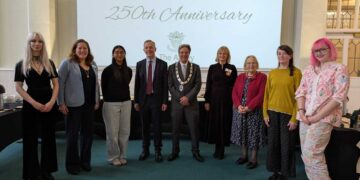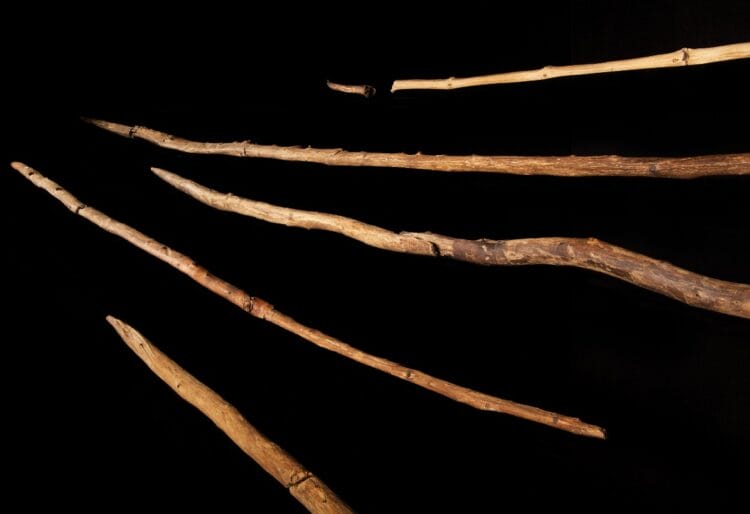RESEARCH conducted in part by the University of Reading (UoR) has shown that early humans used sophisticated crafting techniques as early as 300,000 years ago.
UoR scientists worked with counterparts from the Lower Saxony State Office for Cultural Heritage (NLD) and the University of Göttingen to examine artefacts from hundreds of millenia ago.
New imaging techniques such as 3D microscopy and micro-CT scanning were used to examine hunting tools believed to be around 300,000 years old, making them some of the oldest complete artefacts of their type.
Their research has suggested that sophisticated crafting techniques, such as splitting wood and resharpening of other tools.
Previously it was thought that Homo Sapiens, or modern humans, were the first to use tools in this way following their emergence from Africa at around the time the artefacts are thought to originate from.
The pieces examined in the research were found during excavations in Schöningen, Germany, however, and scientists say that their research shows evidence that woodworking was more extensive than previous estimates of the period.
In a paper published in the Proceedings of the National Academy of Sciences journal (PNAS), researchers explained that pre-homo sapiens resharpened the broken points of spears and throwing sticks, and even crafted tools designed for processing animal skins.
The research examined at least 20 spears and throwing sticks which were among artefacts found in Germany, after which numerous wooden objects were also found in the area, suggesting a hunting ground on the lake’s shore.
They also suggest sophisticated wood-working was prevalent, with many pre-homo sapiens exhibiting extensive experience with the materials.
Dr Dirk Leder, from NLD, said: “There is evidence of much more extensive and varied procedures of spruce and pine woodworking than previously thought. Selected roundwoods were worked into spears and throwing sticks and brought to the site, while broken tools were repaired and recycled on-site.”
Dr Annemieke Milks, from the University of Reading, said: “What surprised us was the high number of point and shaft fragments coming from spears and throwing sticks that were previously unpublished. The way the wooden tools were so expertly manufactured was a revelation to us.”
























